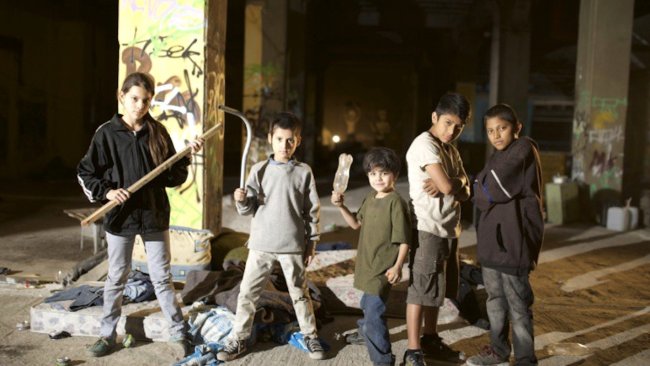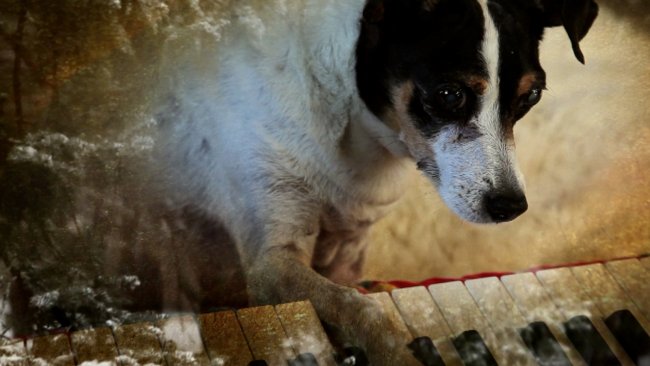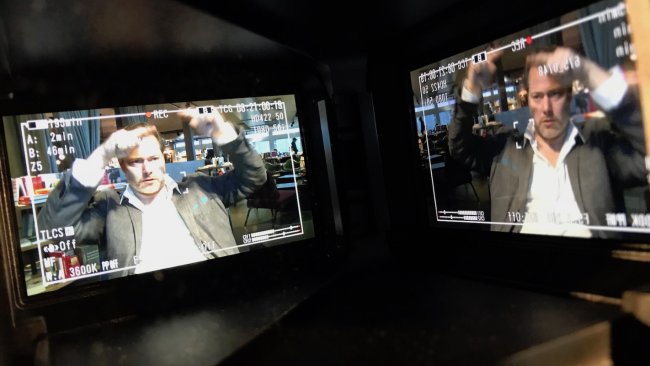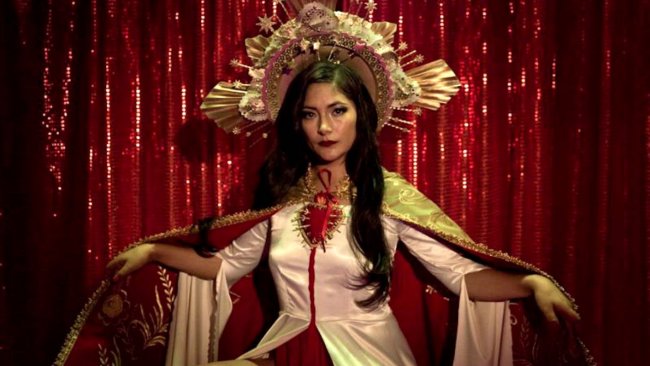A Night of Knowing Nothing
[…]«A Night of Knowing Nothing» is very much a playful study of its originary material, creative in telling and digressing the stories per se, and responsive to the material condition of the petite ad-hoc archive.
[…] There is nothing grandly rational or heavily intellectual about her interest in the materiality of these “sources”; on the contrary, it feels like a warm, discreet gesture of reassurance – the “archive” was handled with care and passion, very much unlike other faux footage films...
Text: Călin Boto
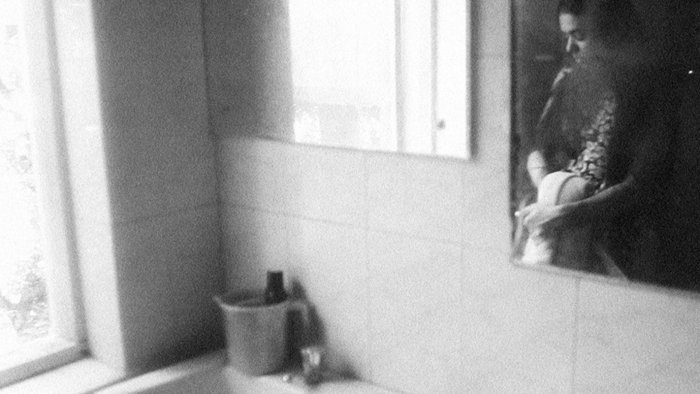
Dancing on her own
We rarely know how the love letters that made history were answered. What was Nora Barnacle saying, after all? Such lacunas only contribute to the imperfect state of any letter, for epistolary writing, when it is “utilitarian” and not a literary gimmick, cannot be autotelic, its final scope being a continuous “to hear from you soon”. Not many things, in either art or life, have better aims.
Referring specially to love letters, this incapacity of being complete finds itself tensioned by their intrinsic kind of intimacy that lives in details, like a diary of one for another, about its only writer (the lover) as much as its destined reader (the loved). As such, no letter is complete but many of them are sufficient for themselves, and cinema, as Chris Marker proved with his Letters from Siberia (1958) and legendized with Level Five (1997), can fill the open form of epistles without closing it, for images in themselves, creations of man and hazard, are much more unstable than words.
Payal Kapadia knows this public secret. When giving form to an apparently small, fictitious collection of belongings – letters, newspaper cuttings, recordings forgotten in memory cards, etc., “found” in the dorms of the Film & Television Institute of India – all of them related to love in the time of protest, she goes deeply within this handful of information, avoiding getting lost in a much larger and linear narrative, one that eventually ends up playing a supporting role. It is 2015, the age of Modi and - soon - of Trump; books have history, but people have its footnotes: their stories – and this one belongs to L., former film student (Editing) and supposed owner of these particular memories and now subject of Kapadia’s sensitive interpretation. A Night of Knowing Nothing is very much a playful study of its originary material, creative in telling and digressing the stories per se, and responsive to the material condition of the petite ad-hoc archive. As such, L.’s drawings, and seemingly her handwriting, are kept in the intertitles of the film, Kapadia even remarking that, of all drawings, those of hands are the most recurring. There is nothing grandly rational or heavily intellectual about her interest in the materiality of these “sources”; on the contrary, it feels like a warm, discreet gesture of reassurance – the “archive” was handled with care and passion, very much unlike other faux footage films, the children of horror and the Blair Witch Project that preserve shockingly raw appearances.
This was the only right way to do it, for it is first and foremost an ineffable archive of feelings, such as care and passion. The film lets us believe that it is made from L.’s letters to a ghostly lover of hers, a fellow film student and protester, as well as a notebook of diaries and video recordings, all made between 2015 and 2016. As reality is a pretext for fiction and vice versa in A Night of Knowing Nothing, context itself tends to becomes pretext.
The students’ protests against Gajendra Chauhan’s political appointment as Chairman of the Governing Council prolong themselves in L.’s relationship with her never-to-be-husband from another caste, now kept away from her by his parents. He, the loved, seems the embodiment of an infinite losing struggle – fighting the politicization of public institutions leads to fighting neoliberalism, then rampant capitalism, then casteism, then xenophobia and so on, all briefly showed as if on a merry-go-round. You cannot always win; as he, the loved, lost to his family, keeps the revolution outside his home. The bitter voice-over, more and more dispassionate about both causes, keeps track of L.’s dreams, fears and mundane acts, especially a beautiful reflection on a protest, on the otherness and alikeness of policemen, creating precious counterimages of activism – hand in hand, shoulder to shoulder, together; feeling, fearing, experiencing apart.
However, the charm of such an endeavour has its limits. I know it is hard to leave film school for good, with its bookish naiveté and juvenile uproar; as years go by and the film industry proves to be a bore, memories of such early bravado become a state of grace, a code, a lingo, nevertheless a fetish. I found myself rolling my eyes every time the names of Eisenstein, Pudovkin or Pasolini were mentioned for the sake of zeitgeist, but I was rather excited by the footage from the dorms (when not insisting on a Godard-Kurosawa altar), a very simple depiction of relaxed bodies and their alienated, mundane erotism. When showing the protests, Kapadia has the same romantic urge for alternative glamour, yet this time in a way that doesn’t feel overdone – protesting, as she shows through montage, is very much like dancing, just as slogans are music. Sometimes, even if together with people, one tends to dance on one’s own.
This article contains a third-party video. If you would like to watch the video, please adjust your settings.
Info
A Night of Knowing Nothing | Film | Payal Kapadia | IND 2021 | 97’ | FIFDH Genève 2022, Bildrausch Filmfest Basel 2022
First published: June 30, 2022
